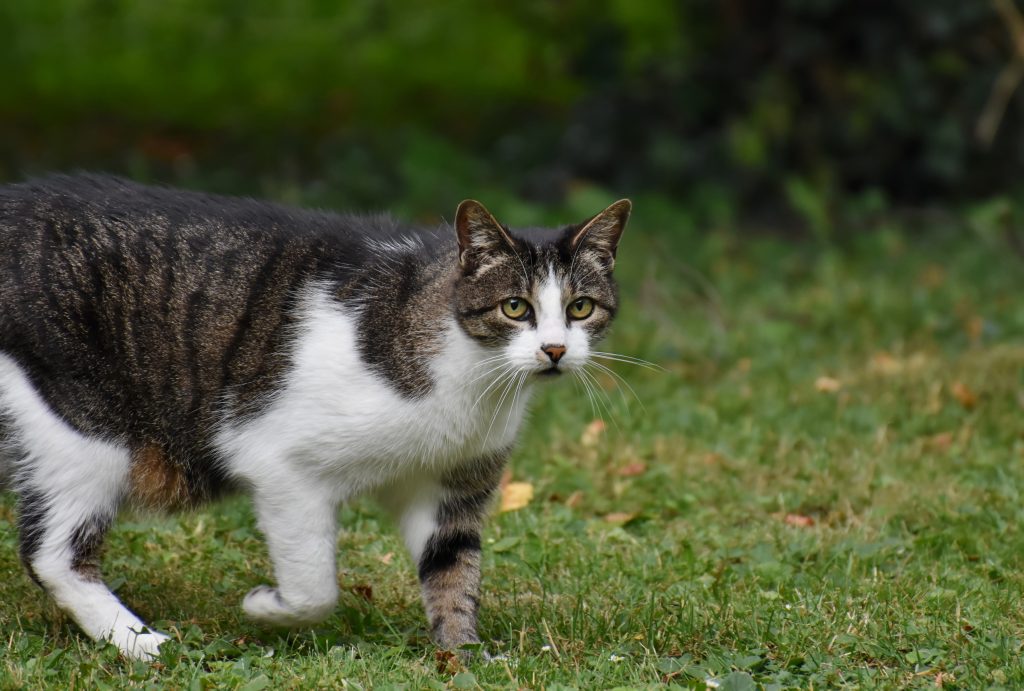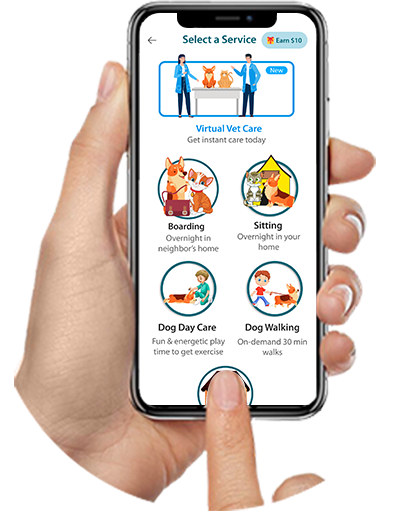Ear polyps, also known as inflammatory polyps, are growths that can develop in the ear canal, middle ear of cats and, less commonly, dogs. These fleshy masses typically originate from the mucous membranes of the middle ear or Eustachian tube and can grow into the external ear canal or through the tympanic membrane. While the exact cause of ear polyps is not fully understood, they are believed to be the result of chronic inflammation, possibly triggered by infections, allergies, or congenital factors. Ear polyps are most commonly seen in young cats, typically under the age of three, but can occur at any age. These growths can significantly impact an animal’s quality of life, causing discomfort and potentially leading to more severe complications if left untreated.
Signs and Symptoms:
The signs and symptoms of ear polyps can vary depending on the size and location of the growth. Common symptoms include persistent ear infections that don’t respond to typical treatments, head shaking, pawing at the affected ear, and tilting the head to one side. Animals may also exhibit signs of discomfort or pain when their ears are touched. In cases where the polyp extends into the nasopharynx, affected pets may show difficulty breathing, snoring, or noisy breathing. Some animals may develop a nasal discharge or experience sneezing. In more advanced cases, neurological symptoms can occur, such as loss of balance or coordination, due to the polyp putting pressure on nearby structures. Hearing loss may also be present, although this can be challenging to detect in pets. It’s important to note that these symptoms can be similar to those of other ear conditions, emphasizing the need for a thorough veterinary examination for accurate diagnosis.
Treatment Advice:
The primary treatment for ear polyps is surgical removal. The specific approach depends on the size and location of the polyp. These procedures allow for better access to the base of the polyp, reducing the chance of recurrence. Following surgery, medical management is crucial to prevent regrowth and manage any underlying inflammation. This typically involves the use of anti-inflammatory medications, such as corticosteroids, and sometimes antibiotics to prevent or treat secondary infections. Regular follow-up appointments are essential to monitor healing and check for any signs of recurrence. In some cases, especially for older animals or those with health issues that make surgery risky, long-term medical management with steroids may be considered as an alternative to surgery.
Preventive Measures:
Preventing ear polyps can be challenging as their exact cause is not fully understood. However, several measures can be taken to promote overall ear health and potentially reduce the risk of polyp development. Regular ear cleaning and checks can help identify any early signs of inflammation or infection, which may contribute to polyp formation if left untreated. Prompt treatment of ear infections or allergies is crucial in maintaining ear health. For cats, keeping them indoors can reduce exposure to environmental factors that might trigger inflammation or infections. Maintaining a healthy immune system through proper nutrition and regular veterinary check-ups is also important. In breeds or lines of cats known to be predisposed to ear polyps, extra vigilance in monitoring ear health may be beneficial. While these measures cannot guarantee prevention of ear polyps, they can contribute to better overall ear health and potentially earlier detection if polyps do develop.
Conclusion:
Ear polyps, while benign, can significantly impact the quality of life of affected animals if left untreated. The varied symptoms associated with these growths highlight the importance of regular veterinary check-ups and prompt attention to any signs of ear discomfort or infection in pets. While surgical removal remains the primary treatment option, advancements in veterinary medicine have improved the success rates. The potential for recurrence undermines the need for thorough removal and diligent post-operative care. While prevention of ear polyps may not always be possible, maintaining good ear hygiene and overall health can play a crucial role in early detection and management. As our understanding of the underlying causes of ear polyps continues to evolve, future research may lead to more targeted preventive strategies and treatment options. For pet owners, awareness of this condition and its symptoms, combined with regular veterinary care, remains the best approach to ensuring the ear health and overall well-being of their beloved companions.




 Unlimited access and follow ups for continuous pet care
Unlimited access and follow ups for continuous pet care 








